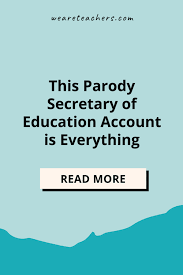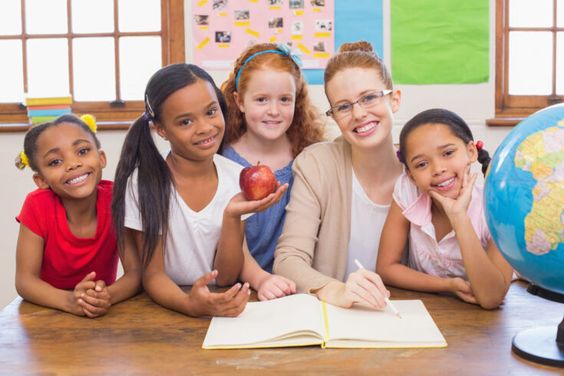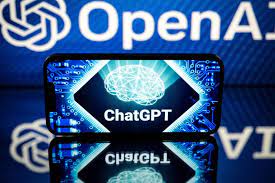In the ever-changing landscape of social media, Twitter has become a hub for humorists, commentators, and critics alike to share their thoughts and opinions. One account that has recently captured the attention of many is a parody account of the Secretary of Education. The satirical take on the role has gained quite a following and has left users both amused and enlightened.
The parody account in question cleverly addresses pressing educational issues while infusing humor throughout its posts. By doing so, it manages to engage its audience in meaningful conversations while also offering them comic relief amidst serious matters. The account holder has successfully crafted a unique and engaging voice that has resonated with people from all walks of life.
One predominant theme on this parody account revolves around educational inequality and the need for reform. With witty quips and jabs at the current state of our education system, this account sheds light on pressing issues in an approachable manner. Using humor as a tool, it effectively breaks down complex ideas, making them easily digestible for people who might not have closely followed developments in education policy.
By bringing attention to challenges faced by the education system in an entertaining way, this parody Secretary of Education account serves as a reminder of the importance of staying informed about social issues. It sparks interest in topics that may have been otherwise overlooked and encourages users to delve deeper into subjects they might not have previously considered.
Another reason why this account is resonating with audiences is that it manages to remain relatable. Posts touch on experiences that many individuals can identify with – outdated textbooks, parental involvement in remote learning or ineffective standardized testing methods – hinting at common ground despite differences in opinions on educational policy.
Moreover, this parody account provides a cathartic release for followers who may feel frustrated by bureaucratic processes and policy changes that seem out of their control. Offering a space for wit and comic relief allows users to defuse tension and maintain hope that small, persistent voices can bring about meaningful change in the long run.
In conclusion, the parody Secretary of Education Twitter account has captured the hearts and minds of its growing audience. By employing humor as a means to address significant educational issues, this account strikes a balance between serious discussion and lighthearted satire. Not only does it entertain and inform, but it also serves as a call to action for individuals to stay informed and engaged with the world around them. The success of this particular parody account highlights the power of humor as an influential tool for social commentary and change.











